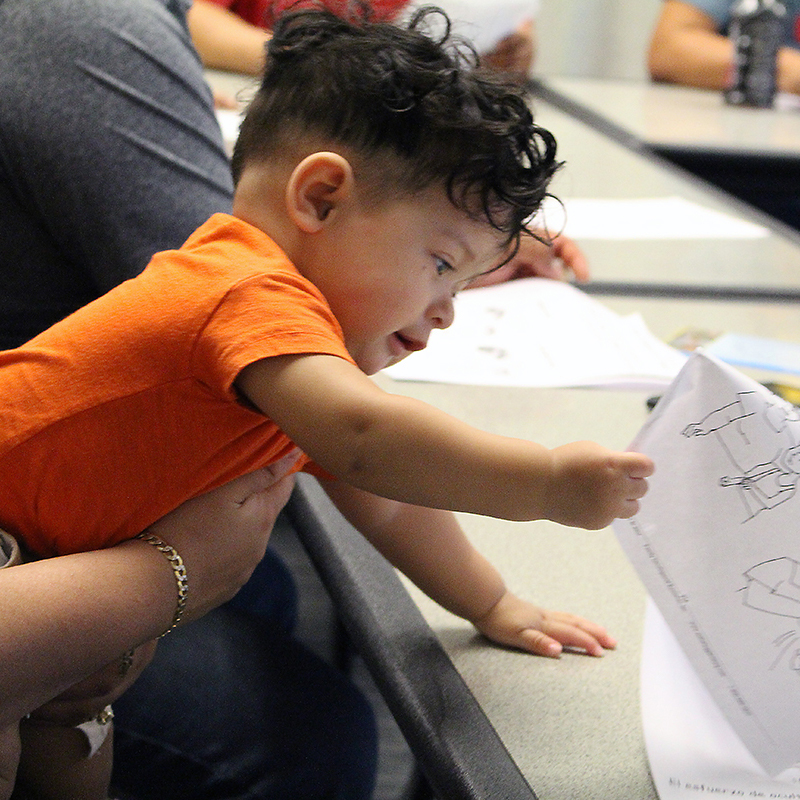In the dynamic landscape of family life, education extends far beyond academic knowledge. This article explores the critical role of health and safety education within the family, emphasizing the importance of a holistic approach to ensure the well-being of every family member.

Creating a Healthy Home Environment:
- Nutrition Education:
- Foster healthy eating habits through education on nutrition.
- Involve children in meal planning and preparation to instill a lifelong understanding of balanced diets.
- Physical Activity:
- Encourage regular physical activity as a family.
- Outdoor play, family walks, or engaging in sports together contribute to both physical health and family bonding.
Safety Education:
- Home Safety Measures:
- Educate family members on basic home safety measures.
- Discuss fire safety, emergency procedures, and the importance of keeping potentially hazardous items out of reach.
- Internet Safety:
- Teach children about online safety and responsible internet usage.
- Establish guidelines for online activities and maintain open communication about potential online risks.
Personal Hygiene and Well-being:

- Hygiene Practices:
- Instill good personal hygiene habits from an early age.
- Teach the importance of regular handwashing, dental care, and maintaining cleanliness to prevent the spread of illnesses.
- Mental Health Awareness:
- Promote awareness of mental health and well-being.
- Encourage open discussions about emotions, stress management, and seeking support when needed.
First Aid Education:

- Basic First Aid Skills:
- Equip family members with basic first aid skills.
- Knowledge of CPR, wound care, and how to respond in emergencies enhances overall family safety.
- Emergency Preparedness:
- Develop an emergency preparedness plan for the family.
- Regularly review and practice evacuation procedures and contact information for emergency services.
Balancing Screen Time:

- Limiting Screen Time:
- Set guidelines for screen time to prevent excessive exposure.
- Encourage a balance between online and offline activities for both physical and mental well-being.
- Educational Content:
- Utilize educational content online for health and safety learning.
- Educational games and interactive platforms can provide valuable information in an engaging manner.
Family Health Checkups:

- Regular Health Checkups:
- Schedule regular health checkups for all family members.
- Proactive healthcare ensures early detection and prevention of potential health issues.
- Vaccination Awareness:
- Stay informed about recommended vaccinations for family members.
- Vaccinations play a crucial role in preventing the spread of infectious diseases.
Conclusion: In conclusion, family education encompassing health and safety is a holistic approach that nurtures the well-being of every family member. By integrating lessons on nutrition, safety measures, personal hygiene, mental health awareness, and first aid skills, families create an environment where education extends beyond academics to encompass the essential elements of a healthy and secure life. As families actively engage in health and safety education, they lay the foundation for a resilient and thriving household that embraces the principles of well-rounded education.





